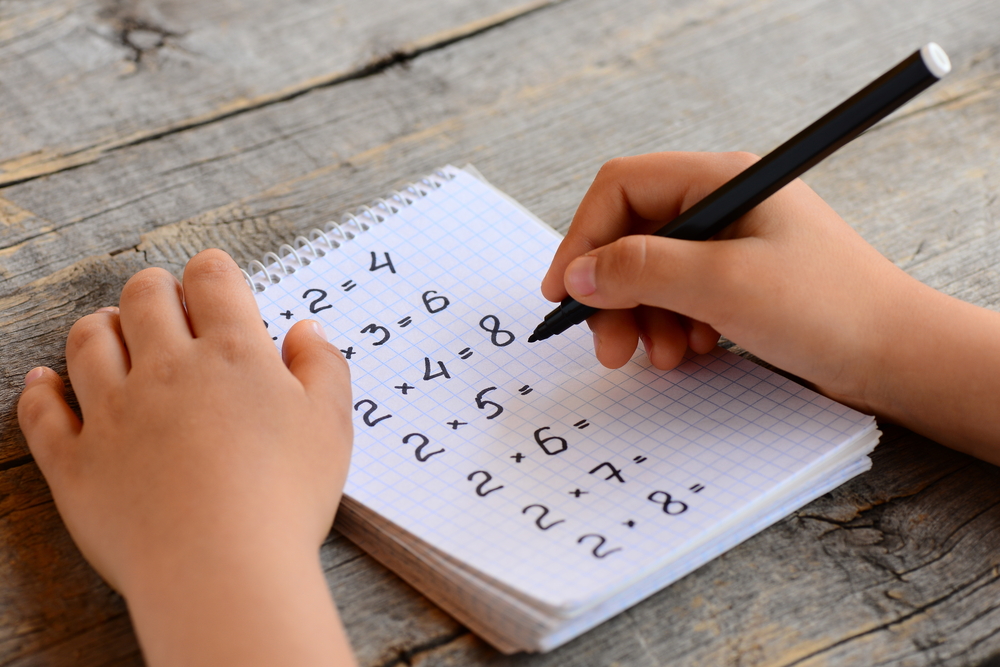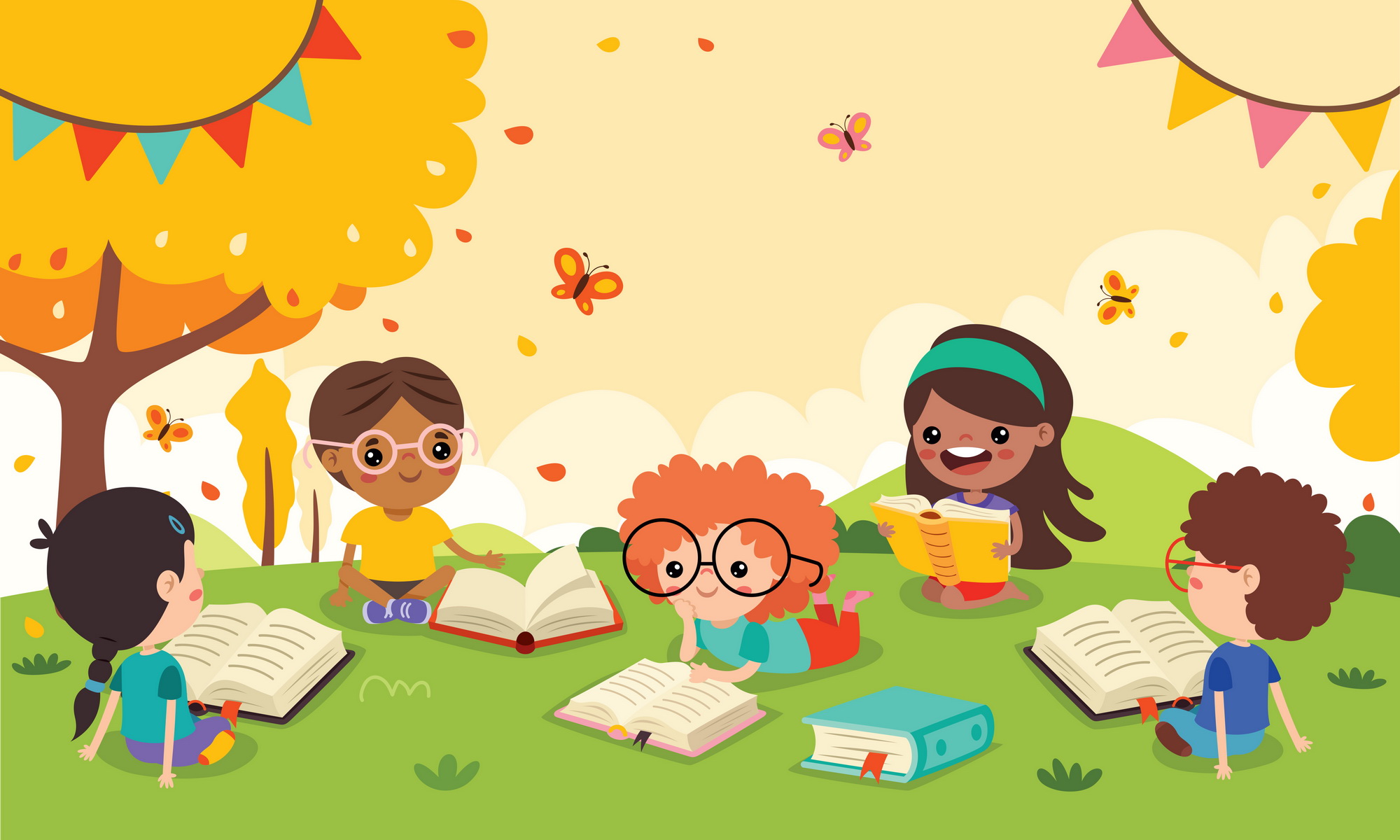Story sequencing skills Worksheets for Kids
3 filtered results
-
From - To
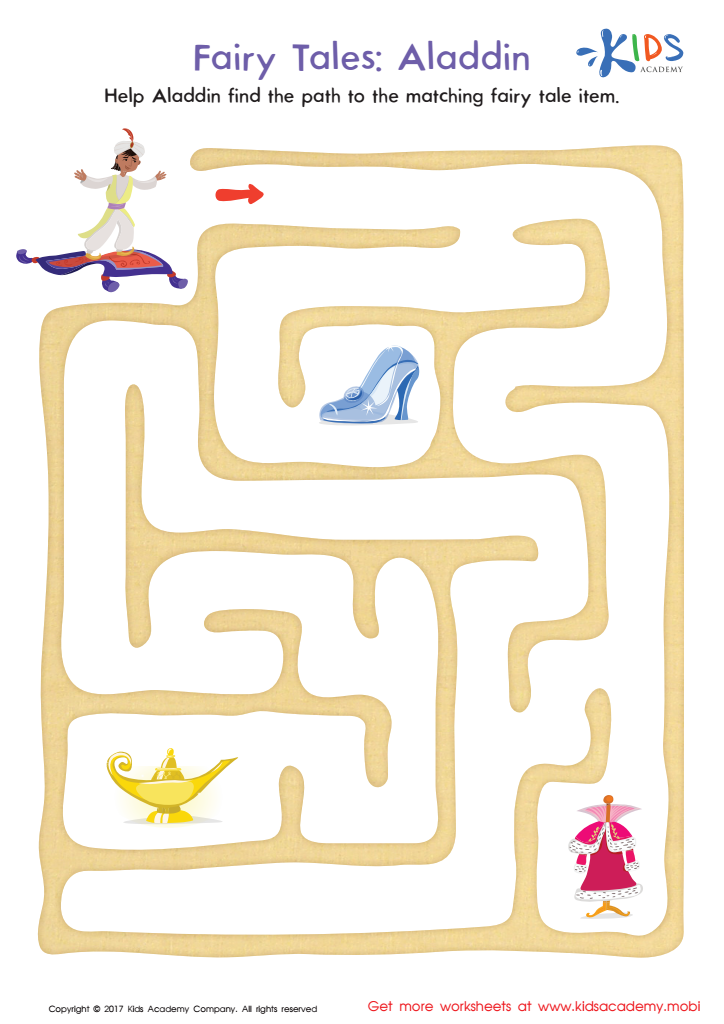

Fairy Tales Aladdin Printable
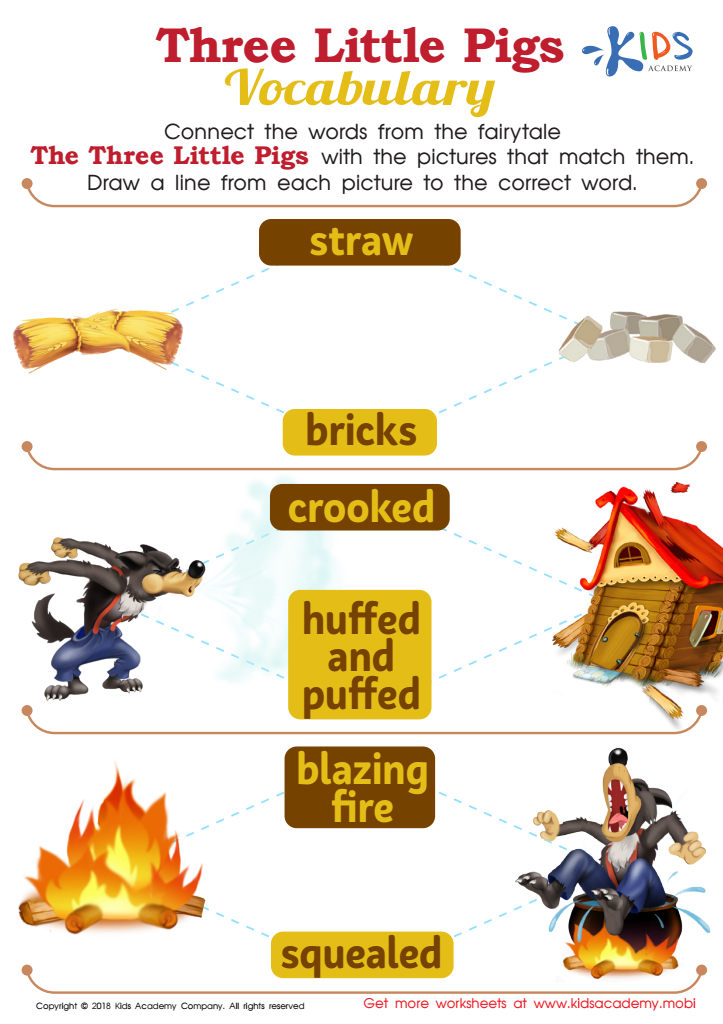

Three Little Pigs Vocabulary Worksheet
Question/Answer
How to test a Grade 2 student’s Story sequencing skills?
To test a Grade 2 student's story sequencing skills, provide them with a short, simple story divided into clear, distinct events. Ask the student to arrange these events into their correct chronological order. Use visual aids like pictures or illustrations representing each event to support understanding, especially effective for younger or visual learners.
What are some effective activities to train students’ Story sequencing skill when teaching them about Adding up to 50 with Regrouping?
To train students in story sequencing while teaching addition up to 50 with regrouping, consider activities like creating a comic strip where each panel represents a step in the addition process, or storytelling sessions where students narrate a story involving characters who solve addition problems step-by-step.
How does the mastery of the Story sequencing skill affect a student's performance at an early age?
Mastery of the story sequencing skill at an early age significantly enhances a student's reading comprehension, narrative understanding, and ability to predict outcomes. It fosters organizational thinking, improves memory, and aids in the development of temporal awareness and logical reasoning. These skills collectively contribute to better academic performance, more effective communication, and increased creativity in storytelling and writing.

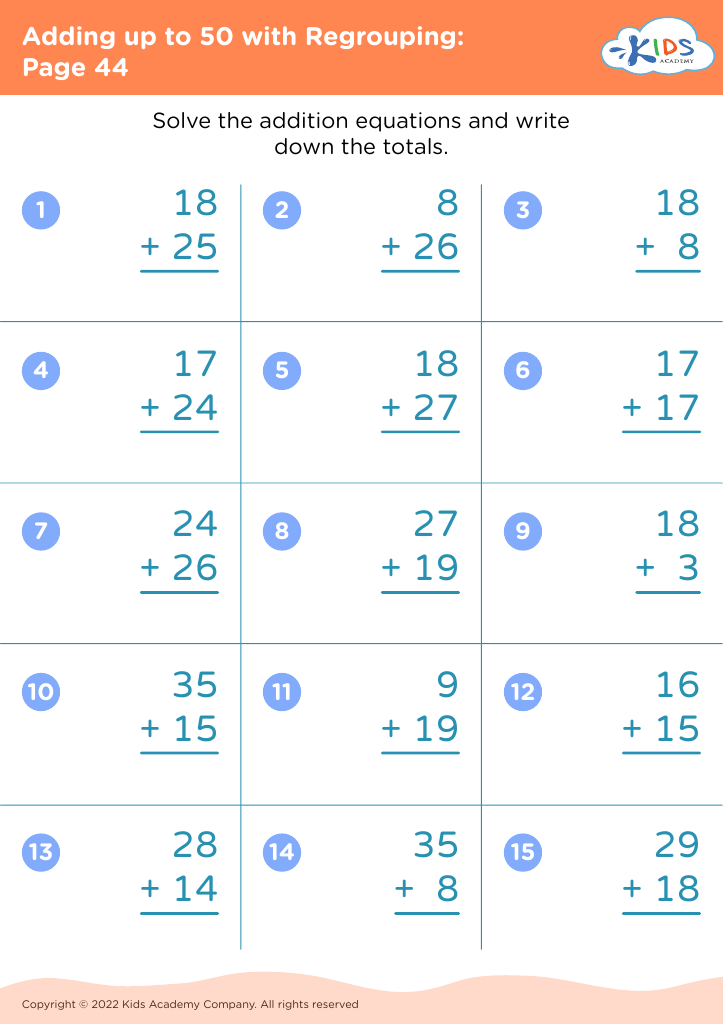
 Assign to the classroom
Assign to the classroom

